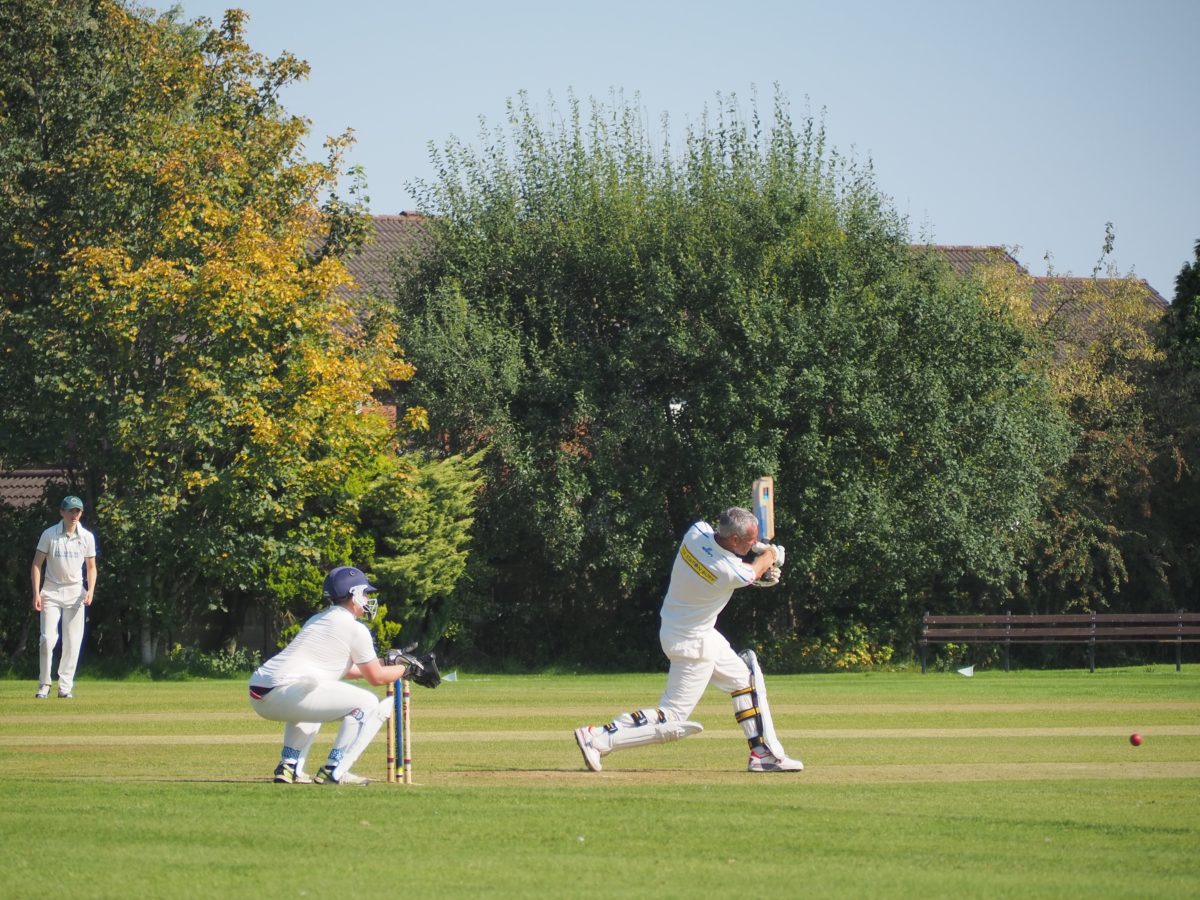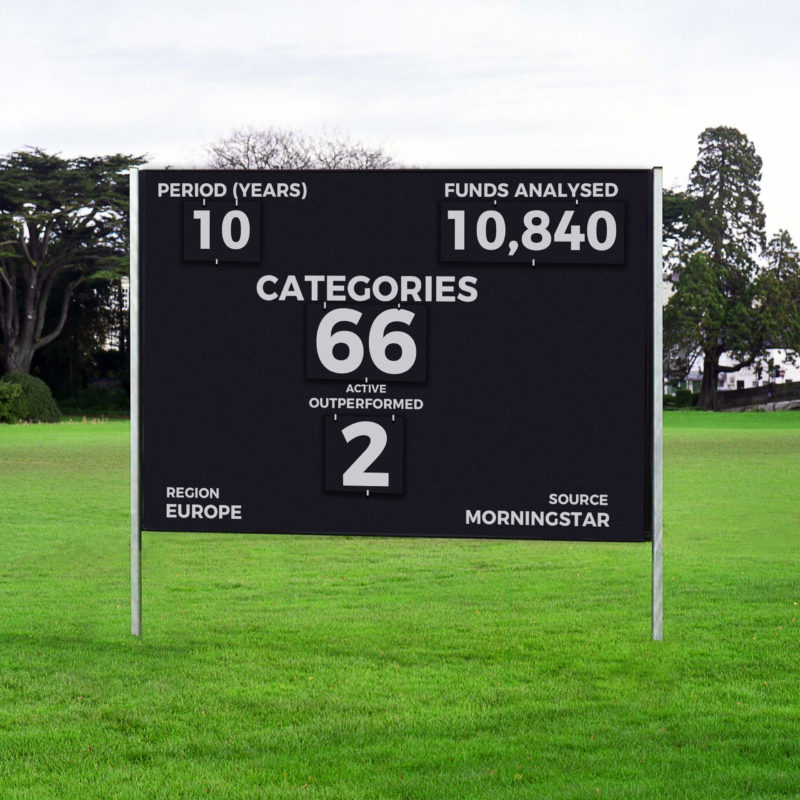
Morningstar has just released an update on active versus passive fund performance in Europe over the last ten years, and it reads like a cricket score.
Out of 66 categories analysed, actively managed funds outperformed their average passive peers in just two.
The researchers looked at 10,840 funds, all of them domiciled in Europe, including the United Kingdom. Between them, the funds account for approximately EUR 2.7 trillion in assets, which equates to one third of the total European fund market.
The period they looked at was the ten-year period ending on 30th June 1019.
The research is part of Morningstar’s on-going Active/ Passive Barometer, which measures the relative success of active versus passive funds around the world every six months.

Active underperformed passive in 64 out of 66 categories analysed (Source: Morningstar)
Here are the other main bullet points:
- Active managers’ success rate was less than 25% in nearly two thirds of the 66 categories surveyed.
- Active funds’ ten-year success rates in the largest equity categories were among the lowest of all the categories analysed. For example, the proportion of outperforming funds in the Europe large-cap blend, global large-cap blend, and global emerging-markets categories was between 9.1% and 35.5%.
- Active managers performed best in the UK Mid-Cap Equity category and worst in US Large-Cap Growth Equity, with success rates over ten years of 77.8 and just 1.5% respectively.
- Rates of fund survivorship are positively correlated with odds for success. The biggest driver of active funds’ failure is their inability to survive, which is often a result of lacklustre performance.
- Comparing survivors rates between active and passive funds shows that the latter have had markedly better odds of survival over the long term. The contrast is starker over longer time periods.
- Active fixed-income managers’ success rates have also been low. Over the past decade, fewer than a quarter managed to both outlive and outsmart their average passive peer in 11 of the 15 categories studied.
The results, though no doubt shocking to some, will come as no surprise to readers of TEBI or anyone familiar with SPIVA, a similar scorecard compiled by S&P Dow Jones Indices. People still talk of an active versus passive debate, but in truth there really isn’t one.
You can read the full details here:
Morningstar’s European Active/ Passive Barometer: Midyear 2019
We regularly feature Morningstar’s research on TEBI. You may also be interested in the following posts from earlier in the year:
Should sustainable investors own or avoid “irresponsible” stocks?
An investment lesson from the buffet table
Separating the wheat from the chaff
The lower the cost, the greater the chance of success
What does, and doesn’t, help to predict fund performance
Picture: Sefton Marks via Unsplash










